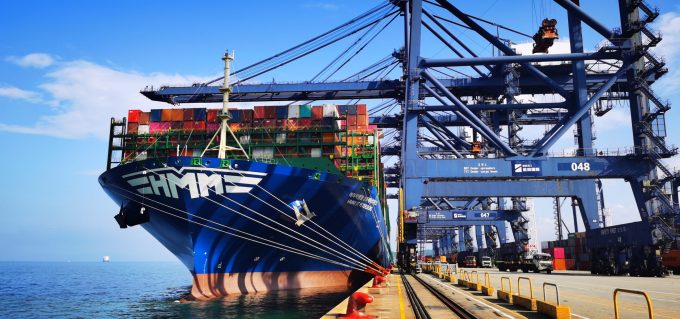Asia-Europe FAK price hikes manage to halt 13-week rate decline
This week’s FAK rate hikes introduced by carriers on the Asia-Europe trades managed to arrest ...

Shippers in Asia face a double-whammy of equipment shortages and tight shipping capacity that is driving an unrelenting spike in short-term contract rates.
Vessels to North Europe and the US west coast are reportedly “fully booked for two to three weeks after Golden Week”, according to one Shanghai-based NVOCC source.
“Additionally, some of the carriers just do not have any 40ft high-cube containers at their depots, so even if we could get a booking, we can’t get hold of the boxes,” he ...
Volcanic disruption at Anchorage could hit transpacific airfreight operations
Shippers snap up airfreight capacity to US ahead of tariff deadline
New price hikes may slow ocean spot rate slide – but for how long?
Forwarders stay cool as US 'liberation day' tariffs threaten 'global trade war'
Tighter EU import requirements proving 'a challenge' for forwarders
Supply chain delays expected after earthquake hits Myanmar
Looming Trump tariffs will create 'a bureaucratic monster' for Customs

Comment on this article